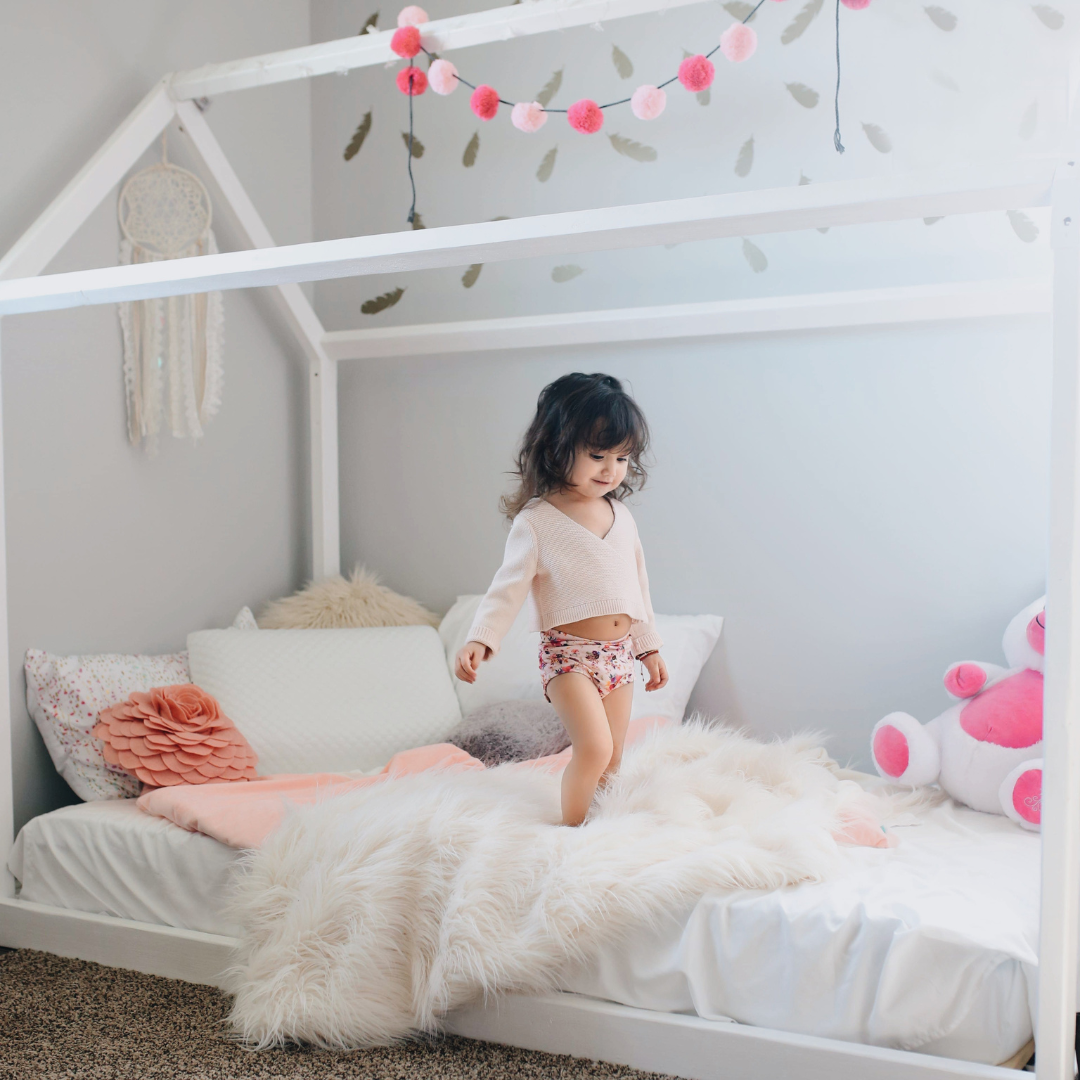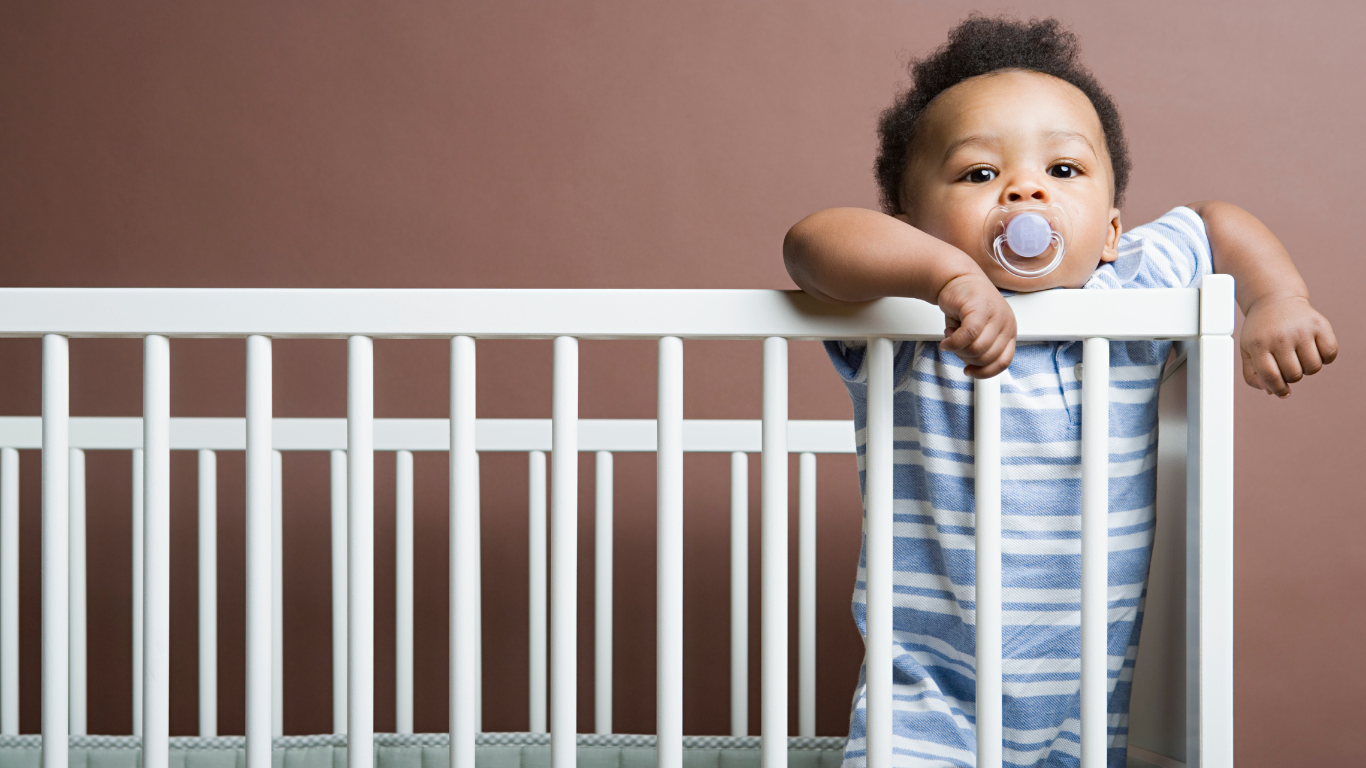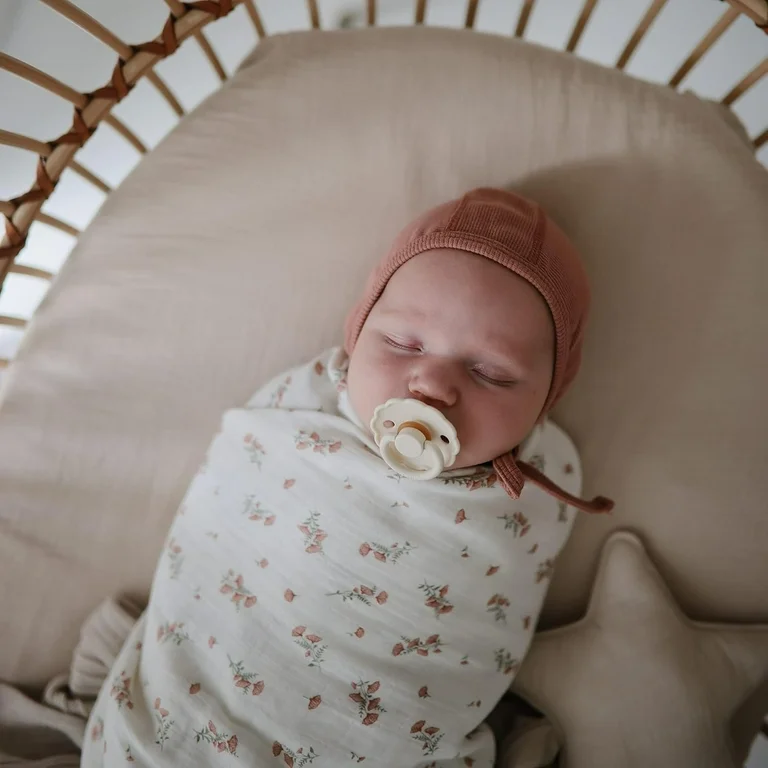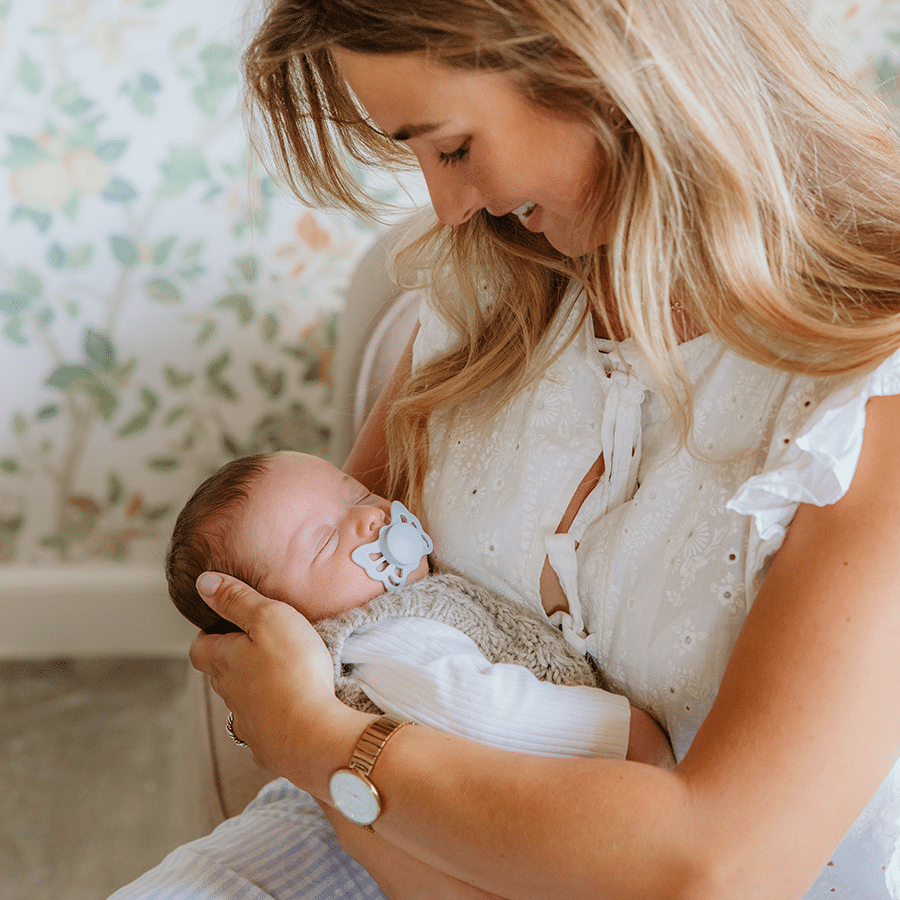I. Introduction

A. Importance of transitioning to a toddler bed
Transitioning from a crib to a toddler bed is a significant milestone for both the child and the parents. It represents a shift from the baby stage to the toddler stage, where the child gains more independence and freedom. It is a crucial step in their development as they transition from a confined space to a more open and spacious sleeping arrangement. Moreover, it helps promote their cognitive and physical growth, as well as their sense of responsibility and self-confidence.
B. Signs that your child is ready for the transition
Determining when to transition your child from a crib to a toddler bed can be challenging. However, there are several signs that can indicate their readiness:
- Climbing out of the crib: If your child is consistently climbing out of the crib, it may be a clear indication that they have outgrown the crib and are ready for a toddler bed.
- Showing interest in a big-kid bed: If your child expresses curiosity or excitement about sleeping in a “big-kid bed” like their older siblings, it may be a sign that they are ready to make the switch.
- Successfully using a toddler-sized potty: If your child has transitioned successfully to using a toddler-sized potty, it may indicate that they are ready to move into a toddler bed.
- Developmental milestones: If your child has reached certain developmental milestones, such as walking or talking, it may suggest that they are ready for the transition to a toddler bed.
II. Determining the Right Time to Transition

A. Age considerations
- Average age range for transition
While there is no set age at which all children should transition to a toddler bed, most children make the switch between the ages of 18 months and 3 years. However, it’s important to remember that every child is different, and readiness should be determined on an individual basis.
- Individual child’s readiness
It’s essential to consider your child’s unique personality, development, and readiness when deciding to transition them to a toddler bed. Some children may be ready earlier than others, while some may need more time to adjust. Pay attention to their cues, behaviors, and milestones to determine when the right time is for them.
B. Behavioral cues and readiness signs
- Climbing out of the crib
If your child is consistently climbing out of the crib, it poses a safety risk and may indicate that they are ready to transition to a toddler bed. This behavior suggests that they have the physical ability and desire for more freedom.
- Showing interest in a big-kid bed
If your child shows interest in sleeping in a “big-kid bed,” such as playing in older siblings’ beds or expressing excitement about a friend’s bed, it may be a sign that they are ready to make the transition.
- Successfully using a toddler-sized potty
If your child has successfully transitioned to using a toddler-sized potty, it shows that they are developing independence and responsibility. This readiness for a new level of self-care may extend to transitioning to a toddler bed as well.
- Developmental milestones
Noticing your child’s developmental milestones, such as walking or talking, can give you an indication of their readiness for a toddler bed. These milestones demonstrate their growing independence and ability to handle new challenges.
III. Planning and Preparing for the Transition
A. Choosing the right toddler bed
- Different types of toddler beds (low-to-the-ground, convertible, etc.)
When selecting a toddler bed, consider the various options available. Low-to-the-ground beds are popular as they minimize the risk of injury from falls. Convertible beds are another great option as they can be adjusted and transformed as your child grows.
- Safety features to consider
Ensure that the toddler bed you choose complies with safety regulations. Look for features such as guardrails, sturdy construction, and no sharp edges. Additionally, consider the mattress’s firmness and bedding that fits snugly to reduce the risk of suffocation or entrapment.
B. Making the bedroom conducive for the transition
- Creating a familiar sleep environment
Moving from a crib to a toddler bed can be an adjustment for your child, so it’s vital to create a familiar sleep environment. Keep their favorite stuffed animals, blankets, and pillows nearby to provide comfort and familiarity during the transition.
- Ensuring a safe and secure sleeping area
Make sure the bedroom is childproofed to eliminate any potential hazards. Secure bookshelves, dressers, and other furniture to the walls to prevent tipping. Cover electrical outlets, secure cords, and remove any small objects from the child’s reach.
- Establishing sleep routines and boundaries
To promote a seamless transition, establish consistent sleep routines and boundaries. Maintain a regular bedtime, establish a calming pre-sleep routine, and be consistent with enforcing rules and boundaries around sleep.
IV. Helping Your Child Adjust to the Toddler Bed
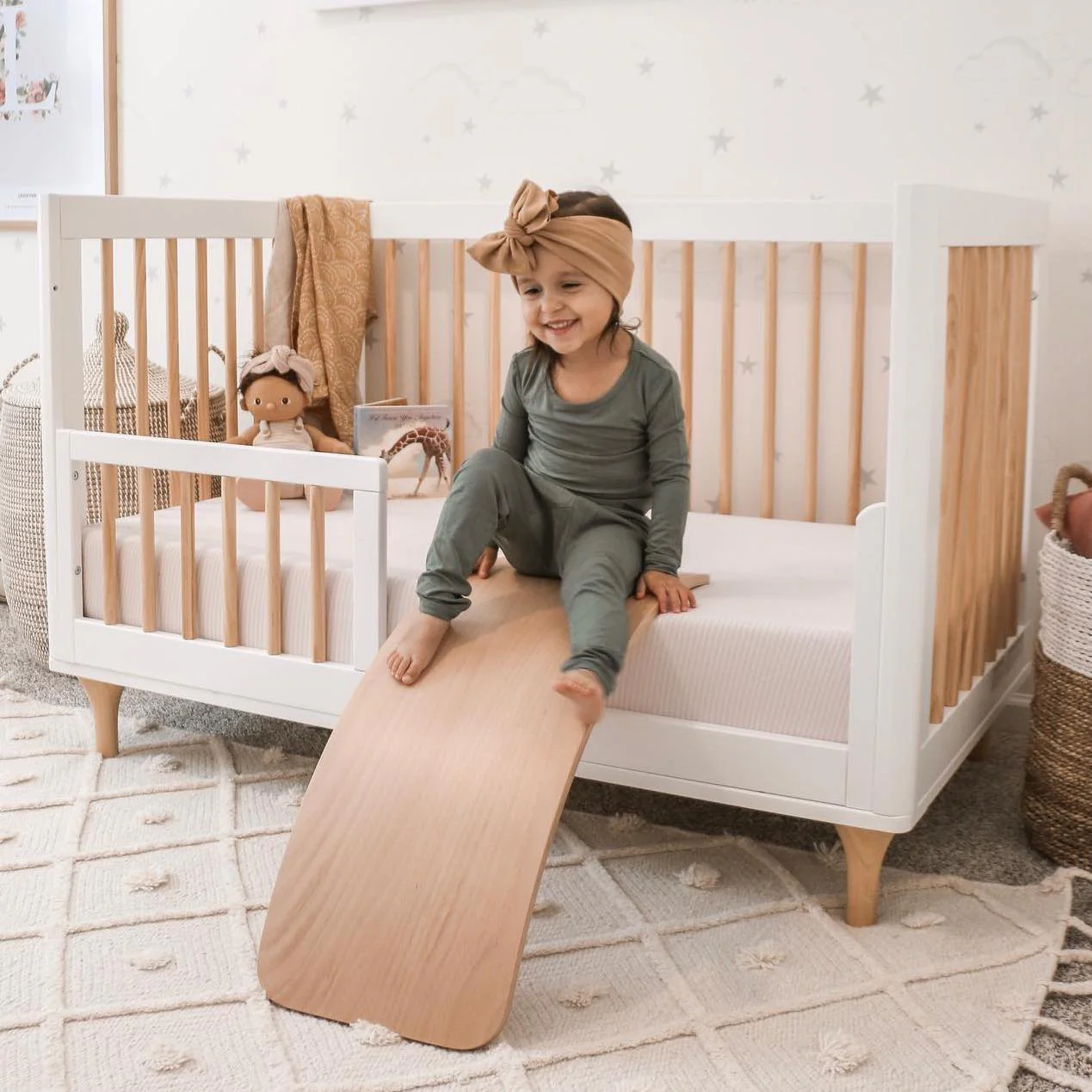
A. Introducing the toddler bed gradually
- Letting your child help with the setup
- Involving your child in the process of setting up the new bed can make them feel more comfortable and excited about the transition.
- Allow them to choose bedding or help assemble the bed together, giving them a sense of ownership.
- Transitioning from crib to toddler bed during naptime
- Begin by introducing the toddler bed during daytime naps before making it their primary sleeping space.
- This gradual transition allows your child to adjust to the new bed in shorter periods of time, reducing potential anxieties or disruptions to their nighttime routine.
B. Providing comfort and familiarity
- Using familiar bedding and sleepwear
- Using bedding and sleepwear that your child is already accustomed to can help create a sense of comfort and familiarity in their new sleeping environment.
- Transitioning the same blankets, sheets, or pajamas from their crib to the toddler bed can offer a sense of continuity.
- Reassuring and comforting bedtime routines
- Retaining consistent bedtime routines can provide a sense of security for your child during the transition.
- Continue with familiar activities such as reading a bedtime story, singing a lullaby, or snuggling before sleep.
- Transitioning familiar sleep aids and comfort objects
- If your child has relied on a specific stuffed animal, blanket, or other comfort object in their crib, allow them to bring it to their new bed.
- The presence of familiar items can provide reassurance and help ease the transition to a toddler bed.
C. Addressing potential challenges

- Dealing with resistance or bedtime struggles
- Some children may resist the transition to a toddler bed or experience bedtime struggles during the adjustment period.
- Remain calm and patient, offering extra reassurance and comfort.
- Consistently follow the established bedtime routine and gently redirect any resistance.
- Setting consistent rules and boundaries
- Clearly establish and communicate expectations regarding behavior and boundaries around the toddler bed.
- Consistency is key in reinforcing the understanding that the new bed is a safe and appropriate sleeping space.
V. Troubleshooting and Tips
A. Dealing with sleep disruptions or regression
- It is common for children to experience sleep disruptions or regression during times of transition.
- Maintain a consistent sleep schedule and routine to help your child feel secure.
- Provide reassurance and comfort during bedtime and encourage self-soothing techniques.
B. Encouraging independence and self-soothing
- Gradually encourage your child to develop self-soothing techniques, such as practicing relaxation exercises or using a transitional object.
- Foster independence by allowing your child to participate in the bedtime routine and make choices within established boundaries.
C. Transitioning from room sharing to individual sleeping spaces
- If your child has been room sharing, transitioning to their own sleeping space can be an adjustment.
- Gradually introduce the concept by spending time in their new sleeping area during the day and gradually extending the duration of solo sleep.
In conclusion, helping your child adjust to a toddler bed requires patience, consistency, and providing comfort and familiarity. Gradually introducing the new bed, utilizing familiar objects and routines, and addressing potential challenges can facilitate a smooth transition. Troubleshooting sleep disruptions and guiding your child towards independence are important aspects of the transition. Whether transitioning from a crib to a toddler bed or adjusting the sleeping arrangement for room sharing, supporting your child through this process is crucial for their overall sleep quality and development.
